Soon after the ferry to Spain we made our way to Portugal. Even during this difficult travel time, Portugal has stayed open and found a good compromise between safety precautions and enabling tourism. Having already visited Porto and Lissbon, we were excited to see more of Portugal and explore its coast.
ALGARVE
Although many places in the Algarve are touristic there are still a few remote beaches and with COVID going on we were lucky to experience fewer tourists as usual. Our trip through the Algarve started on July 8. After a quick visit to Tavira, we drove on to Pedras d’El Rei. There you can take a gorgeous mini-train across the marshland of Rio Formosa to the beach. It’s also known for its cemetery of anchors. Hundreds of rusty anchors serve as a reminder to the once boosting tuna fishing industry. The anchors were used to hold the huge fishing nets in place.

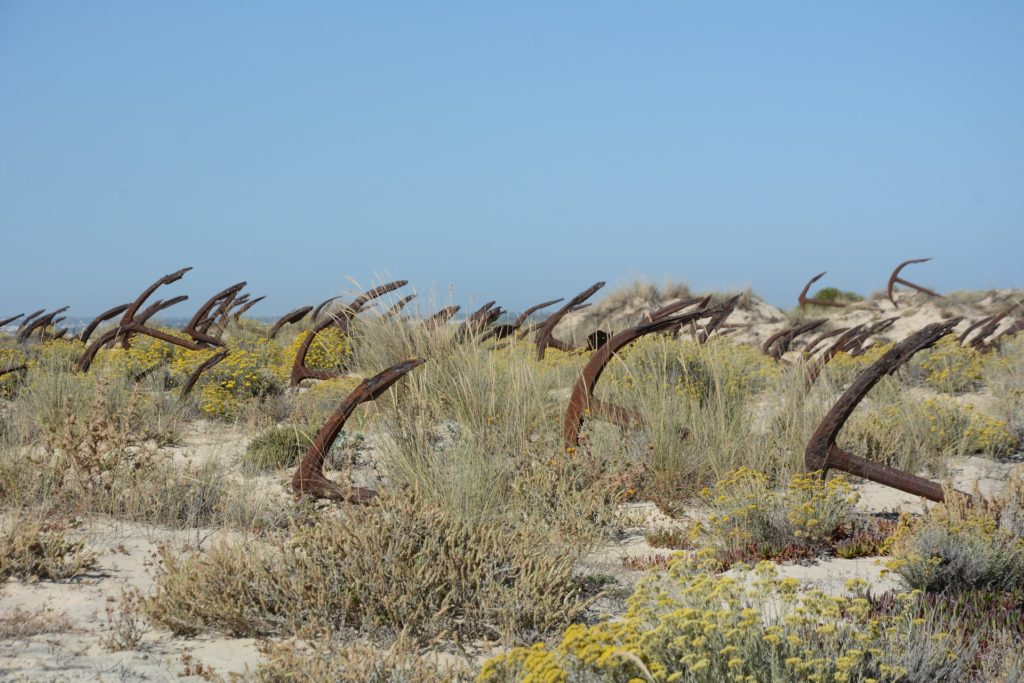
Close to Olhão, there is the Rio Formosa National Park. There is a 3km round trip to experience the flora and fauna. So off we went. We walked along dunes, salt marshes and in pine woods and went to visit the traditional tide mills.
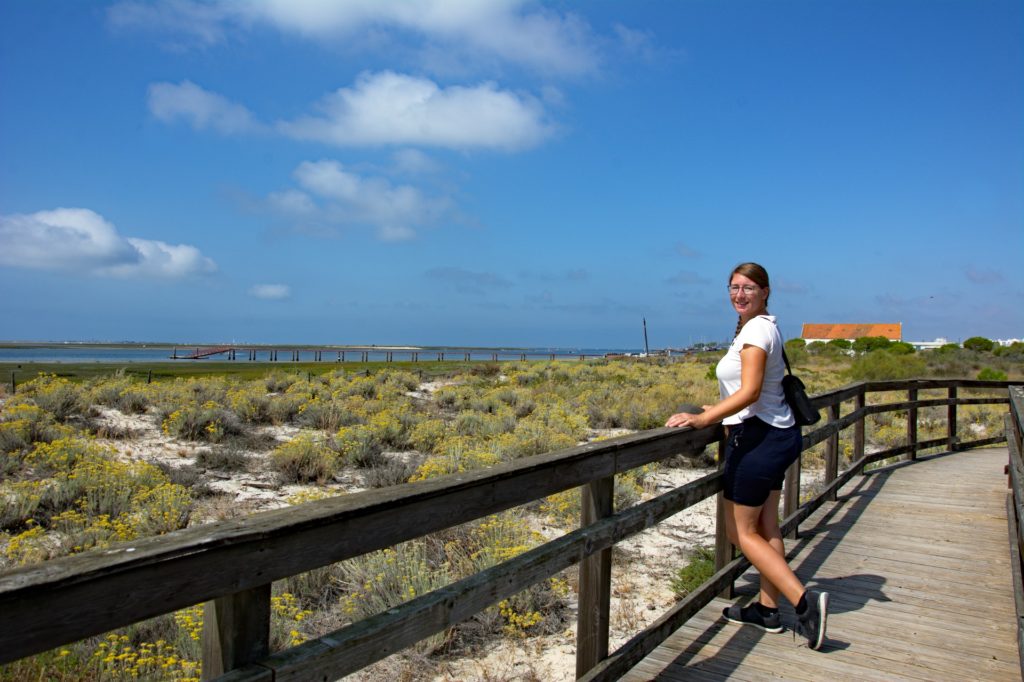
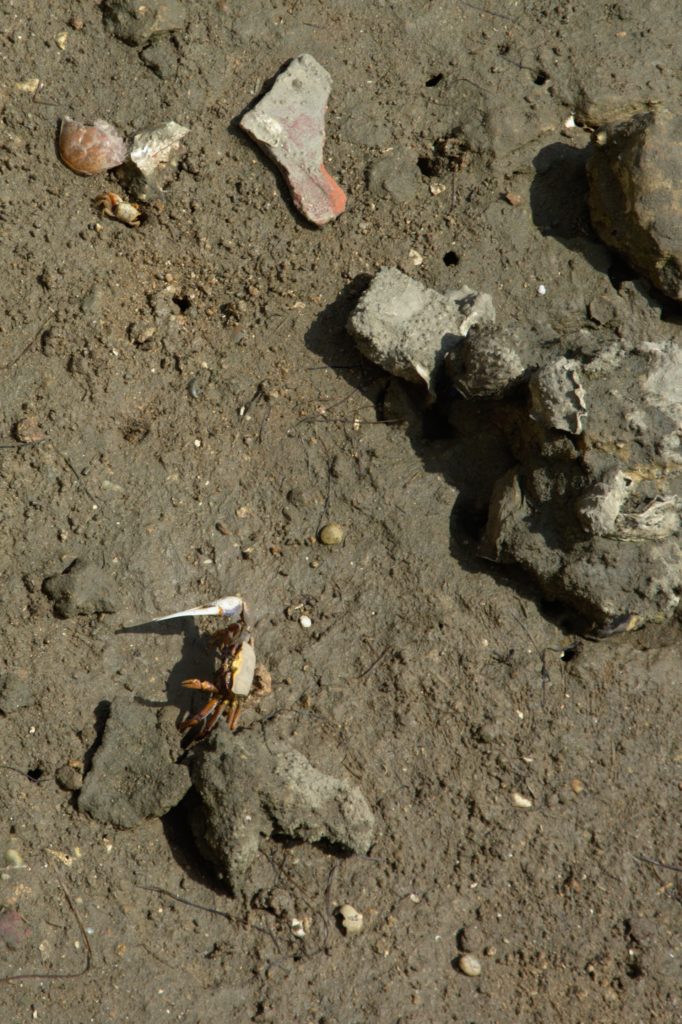
In Faro, we booked a ferry ticket to the Ilha Deserta – an easy (but not so fast) way to get to a more remote beach. There is a speed boat but we very much enjoyed the 45-minute ride to the island. Once there we crossed over and enjoyed an almost empty beach.

Having bought a fishing rod for Thierry in Morocco we wanted to buy the fishing licence for sea fishing in Portugal. Easier said than done. We first asked in the tourist information in Faro where they gave us the address of the regional agriculture and fishing bureau. So we went to that government building and received a first paper at the entrance. Then we had to wait for someone to get us. Then we had to fill out some forms. After a while, they finally handed us out two copies of the fishing licence. When we were almost out of the door they remembered that we need a stamp on the first received paper to deposit back at the entrance. A LOT of bureaucracy for a licence worth four euros. It’s much easier for locals as they can get the licence on any ATM.
At the beach Barranco das Belhuracas, Thierry had his first chance to test his fishing rod in Portugal. We settled on the western end of a long stretched beach that is lined with red rocks. It was so beautiful that we decided to stay until evening and sleep in the parking lot (having pasta and no fish for dinner).
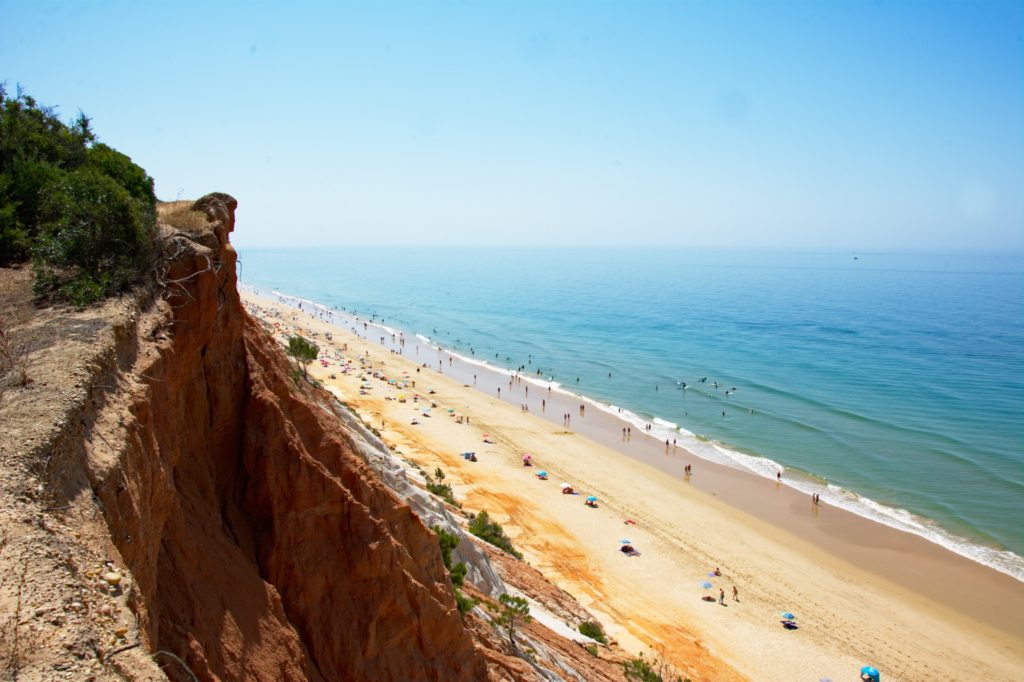

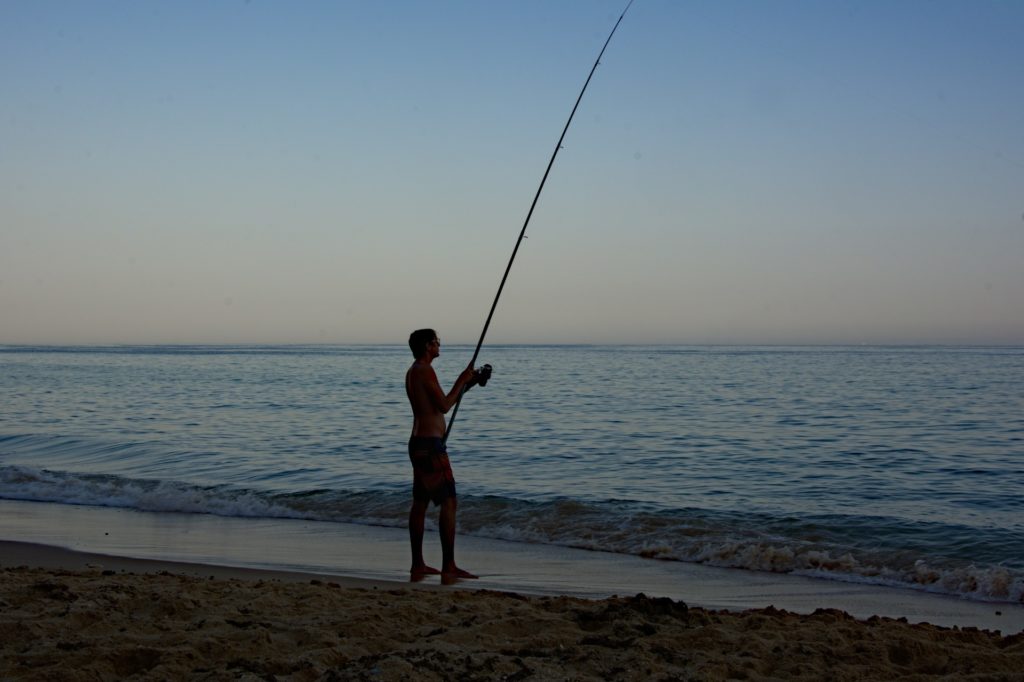
Crossing over to the Atlantic coast, we made a stop at Cap Sao Vincente. We read the description in the travel guide not careful enough and were under the impression of having visited the most western point of Europe. As we later found out when we visited the real most western point of Europe this one is actually the most south-western point of Europe. Due to heavy fog, we couldn’t see much anyway.
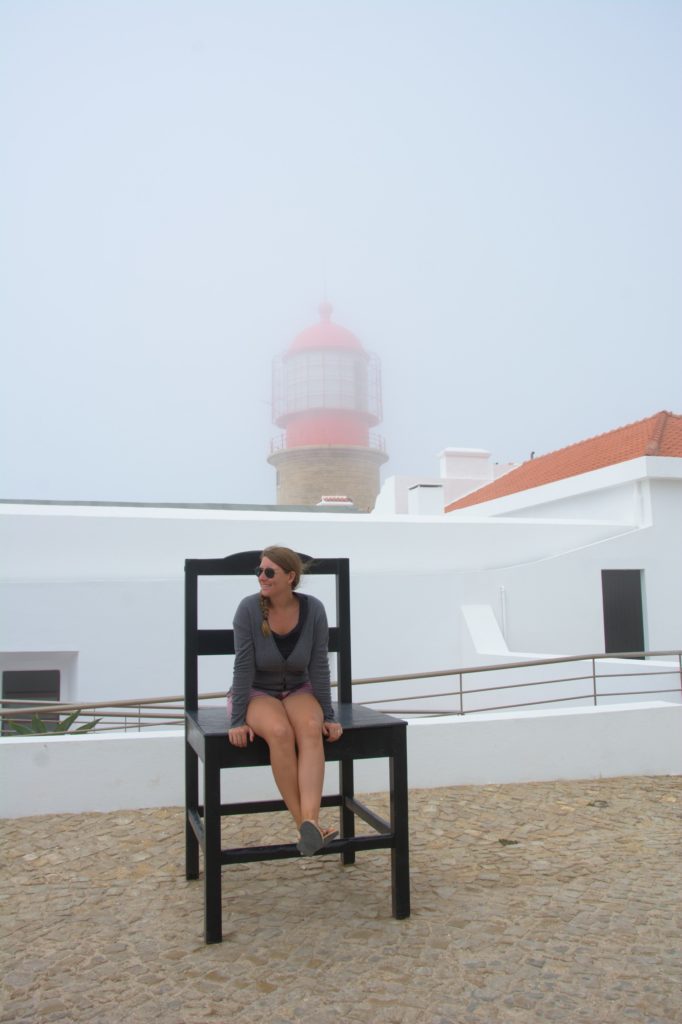
ALENTEJO: WILD COASTS
Following the coast up towards Lissabon, we enjoyed the less touristic Alentejo region. Up until Sines, it’s all part of the Parque Natural do Sudoeste Alentejano. Aljezur is a nice town along the way where we stopped for some coffee and market shopping. The town made a good effort to re-naturalize the river bed. The wildlife is thriving and besides ducks, we’ve also spotted snakes and a looot of turtles (see picture below). We actually had to look twice to spot the turtles as they heavily resembled a line of rocks.
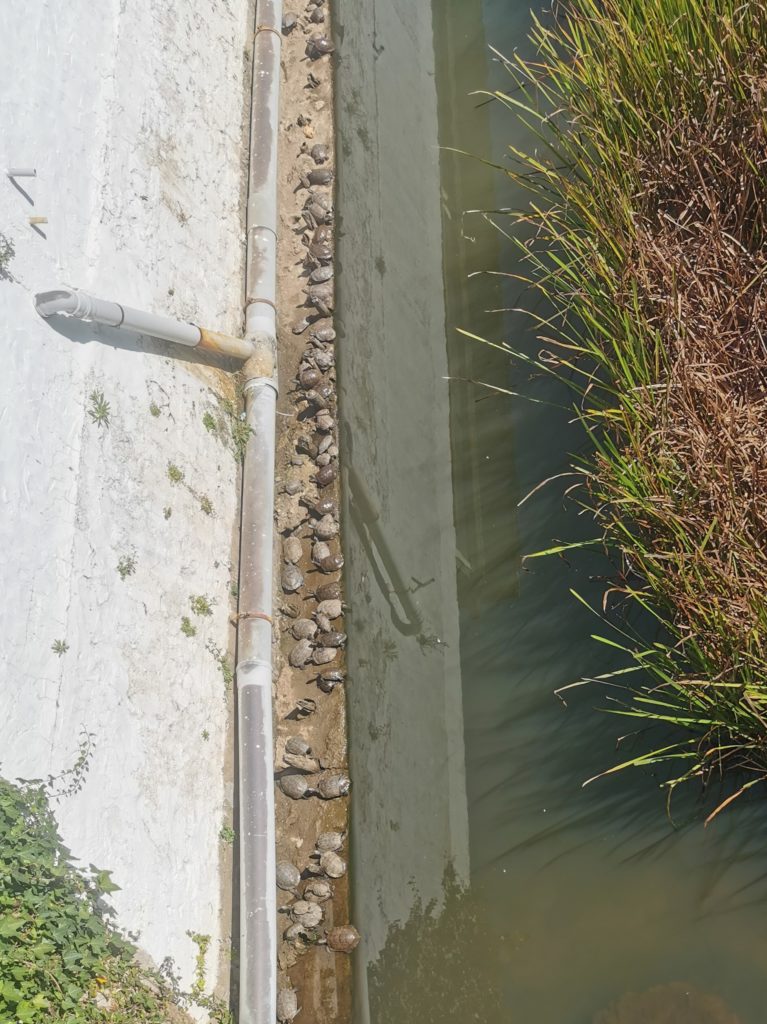
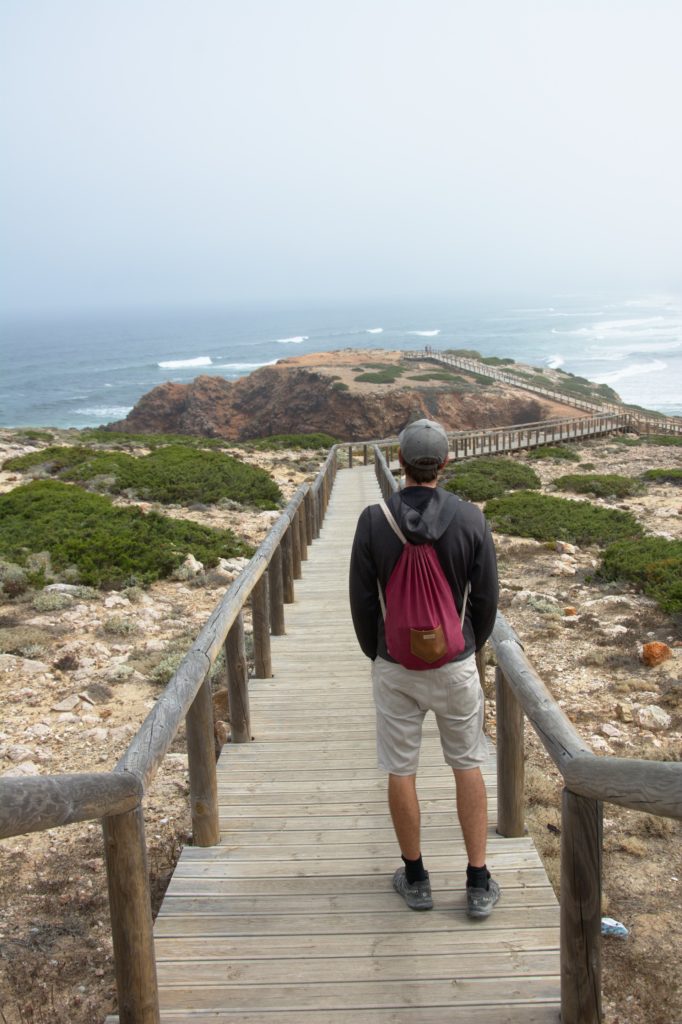
We found one of our top sleeping destinations here. Accessible by dirt track there is a cliff above the beach Praia do Canal. The panorama is spectacular. The next morning we had to – of course – drive down to the beach taking very steep offroad paths. The beach is also accessible via easier roads but where would be the fun in that.
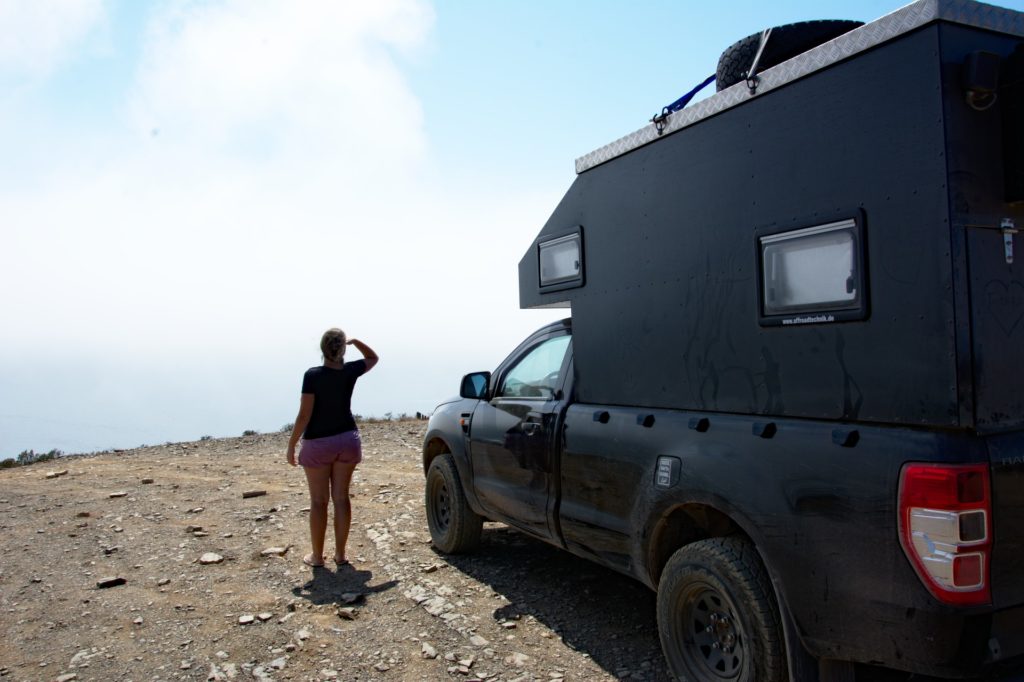
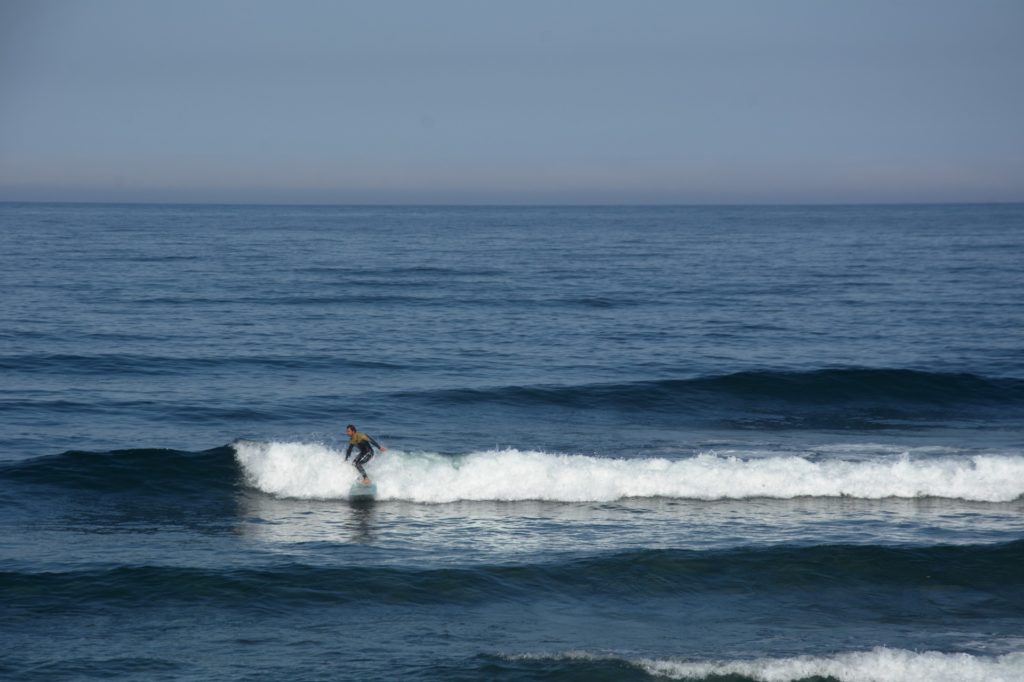
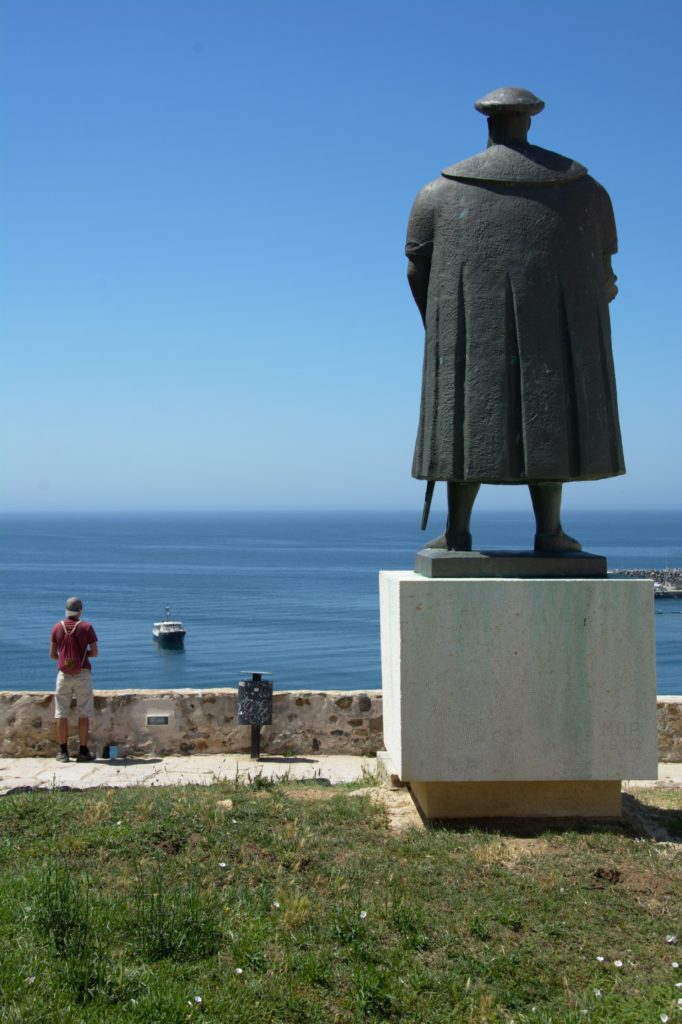

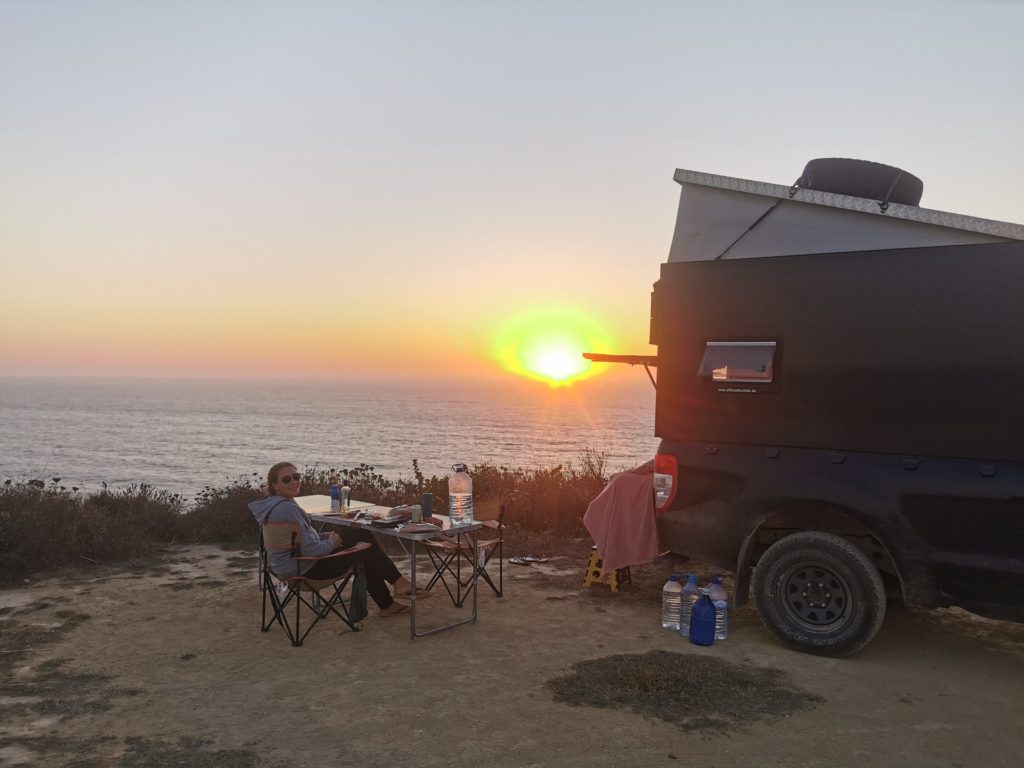
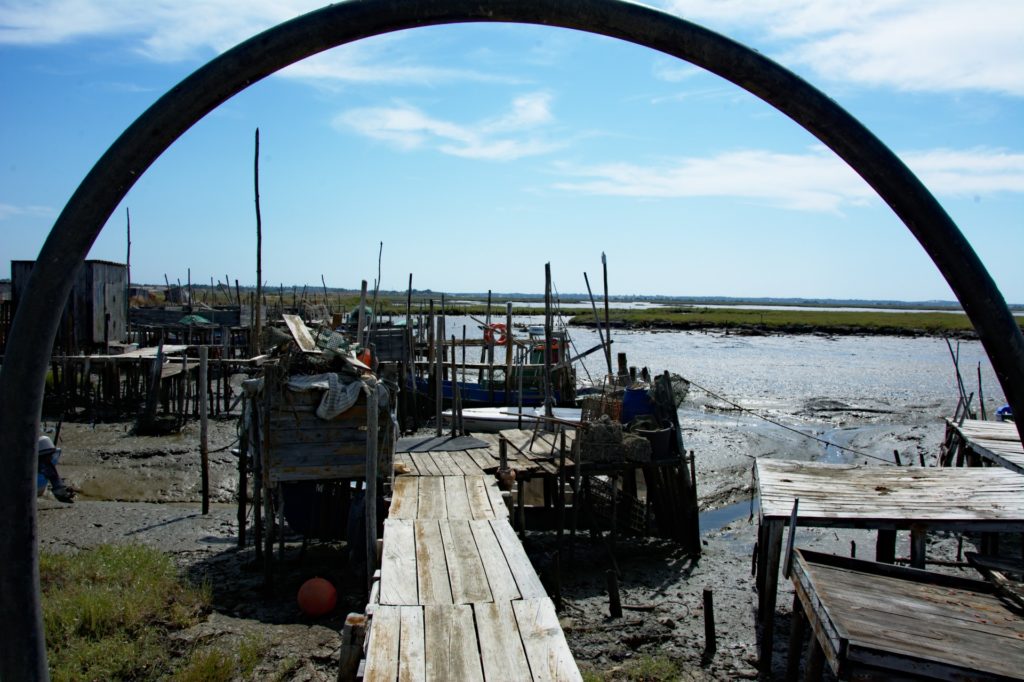
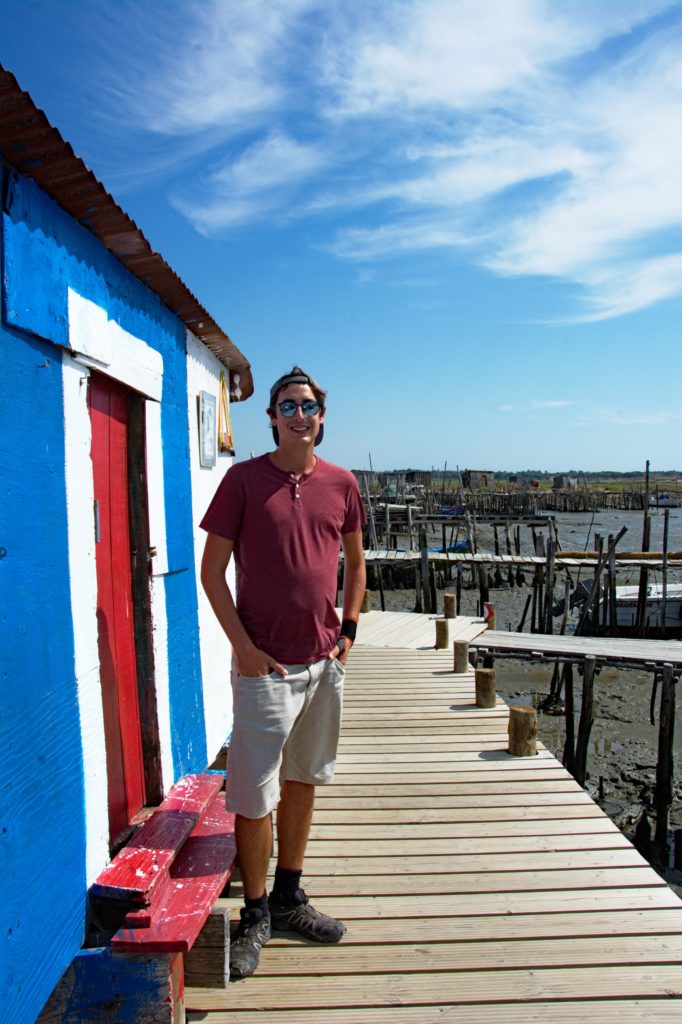
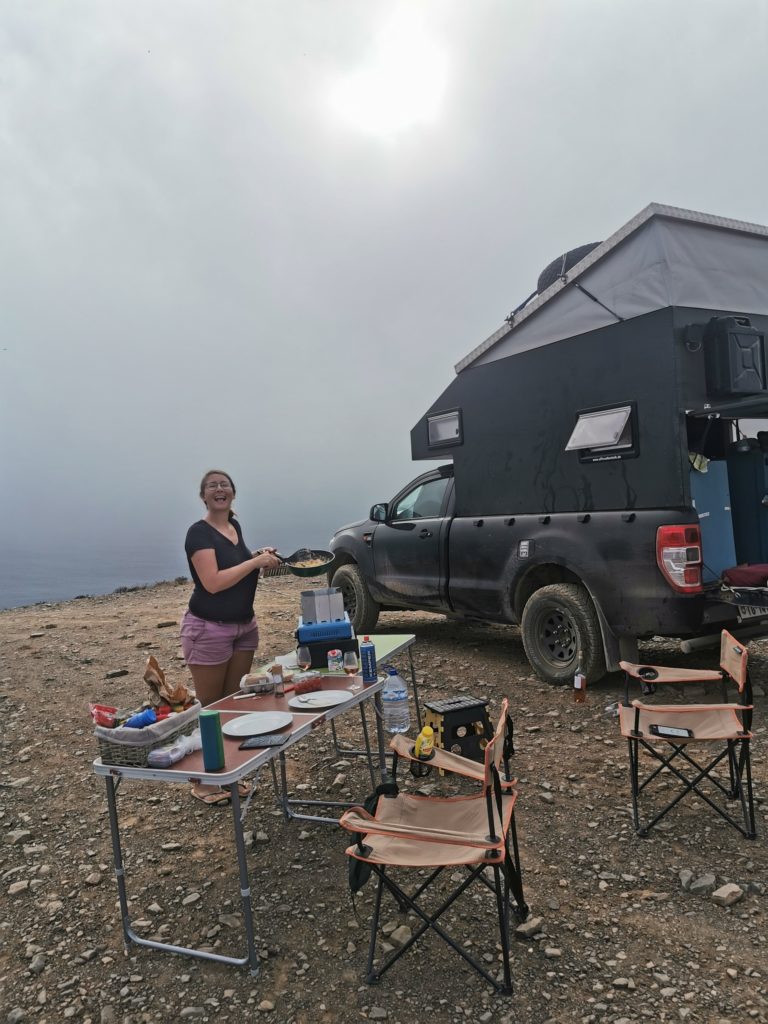
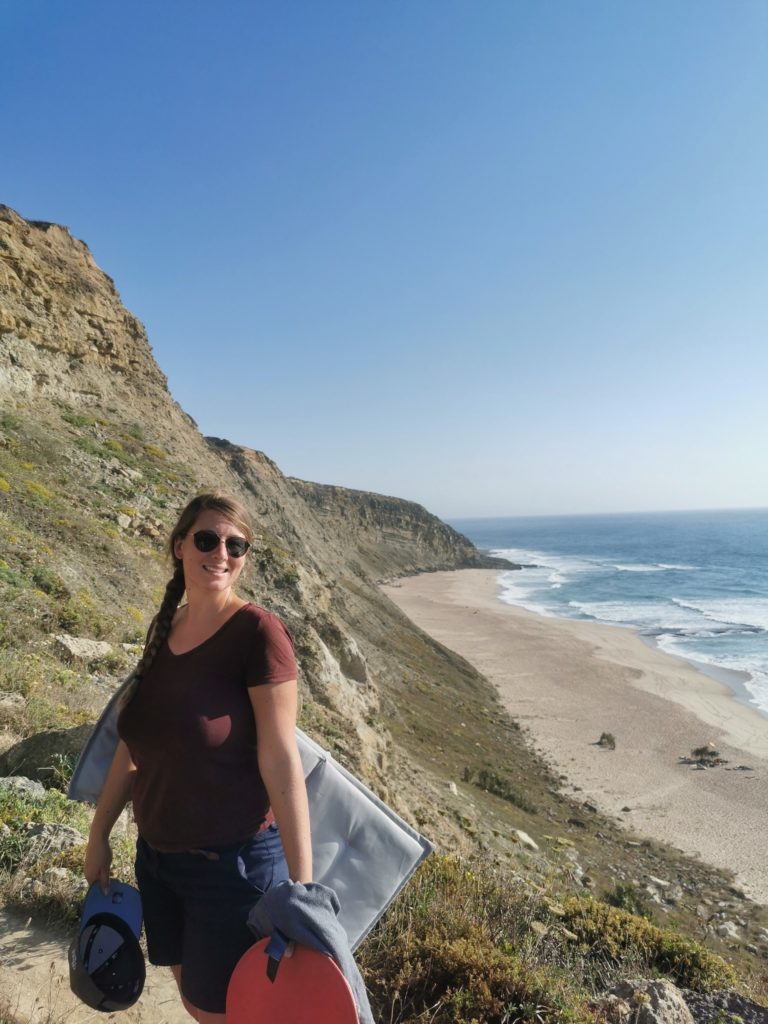
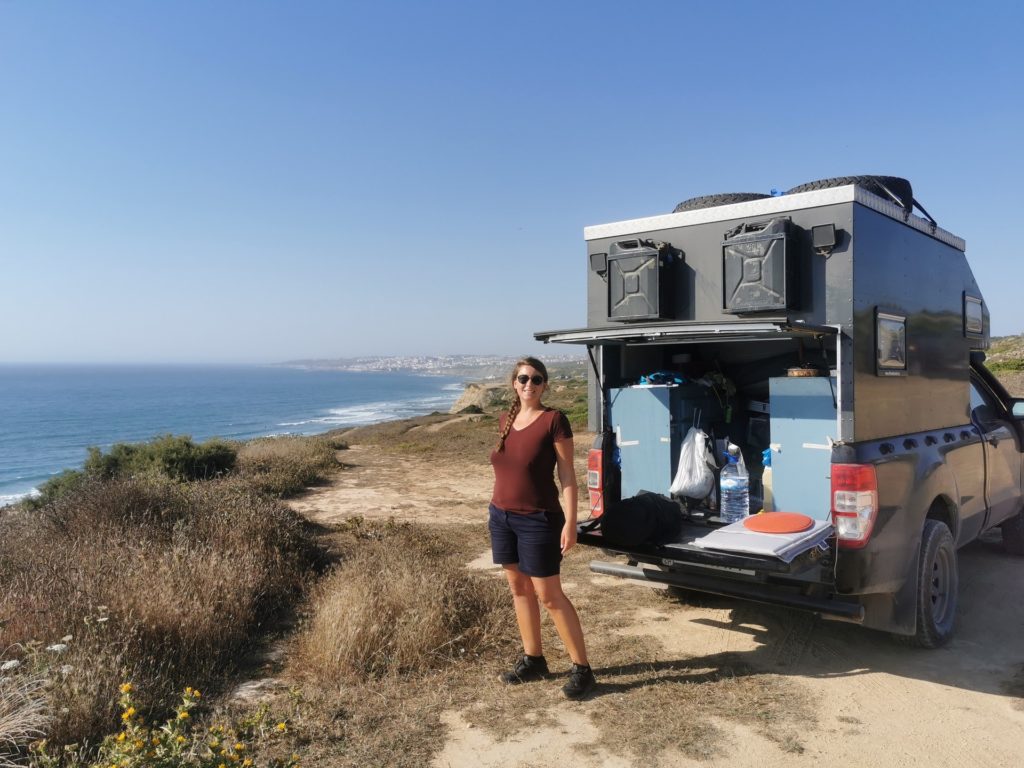
LISSABON: WHERE ARE THE TOURISTS?
On account of already having visited Lissabon, we only stopped at the oceanfront around Torre Belem. We first walked over to the Mosteiro dos Jeronimos, having the place mostly for ourselves. The effects of COVID on tourism was evident. As another consequence of the pandemic, the Torre de Belem was only partly accessible.
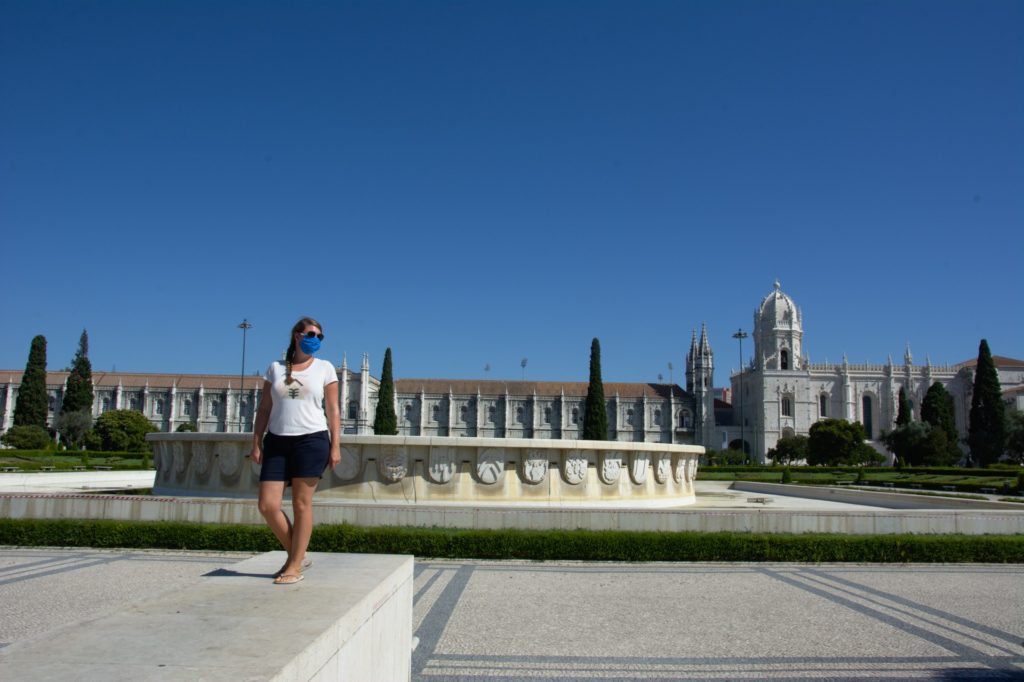
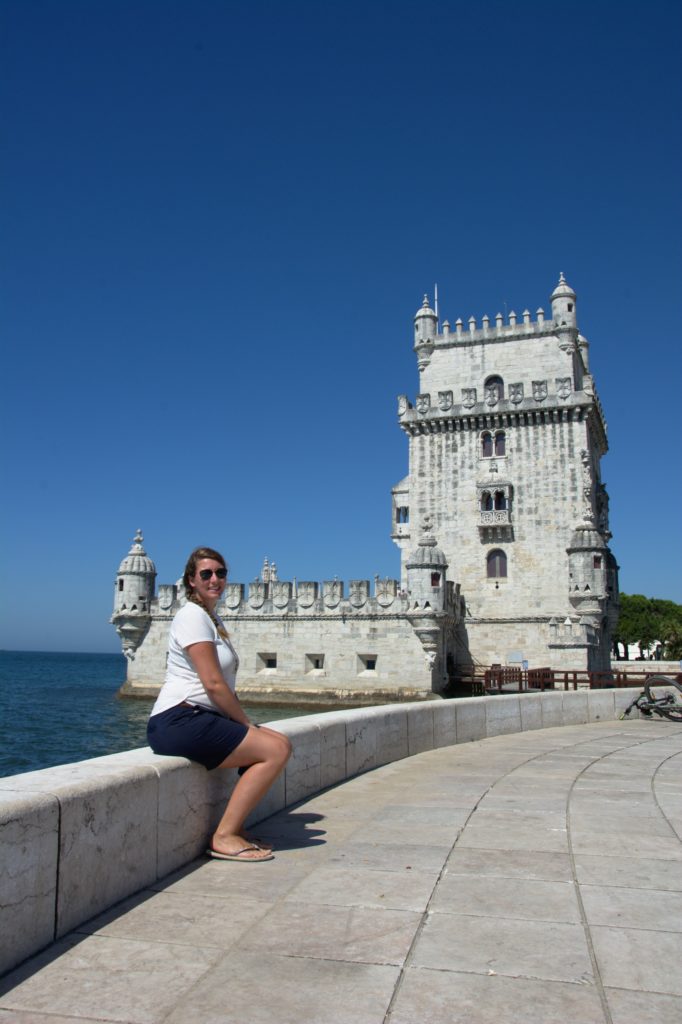
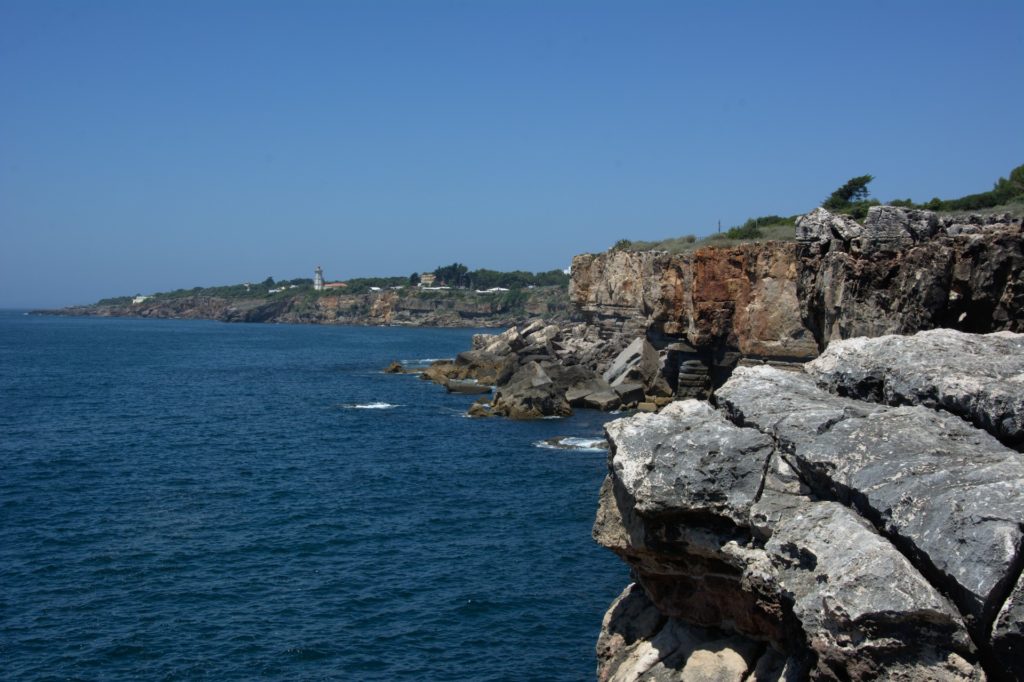
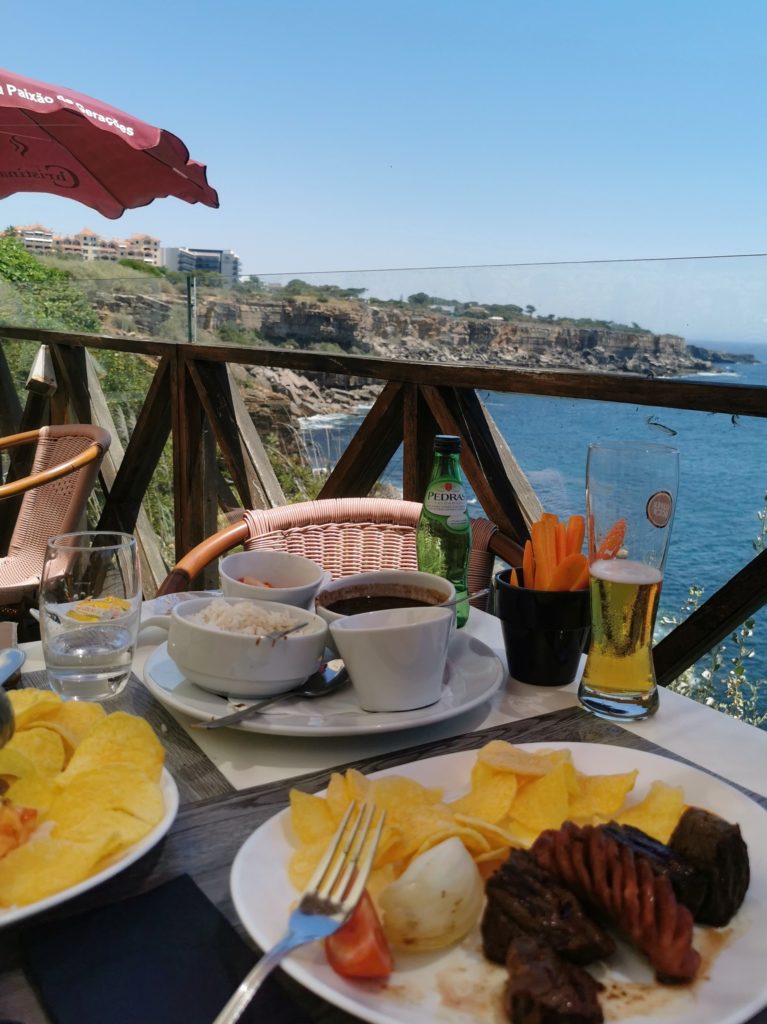
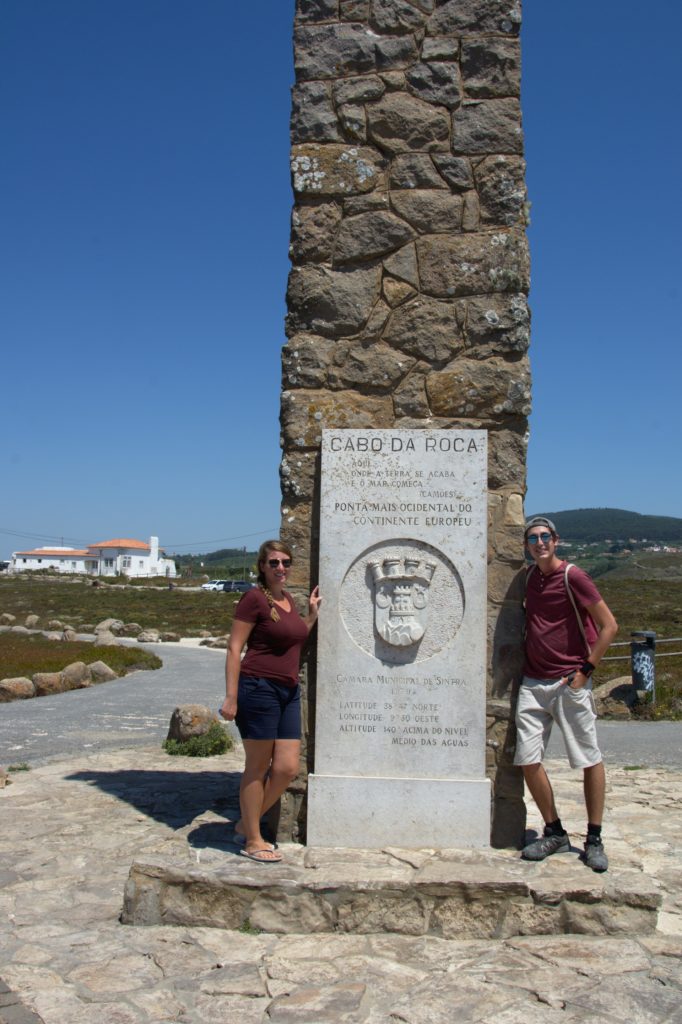
PORTUGAL’S MIDDLE
We decided to keep close to the coast on our way north. Some highlights in that part of Portugal were Peniche, Olbida and Coimbra. Overall the coast is famous for surfing. Unfortunately, Thierry was still handicapped due to his wrist injury from Morocco. Nonetheless, we enjoyed the beaches especially after visiting the cities at hot temperatures.
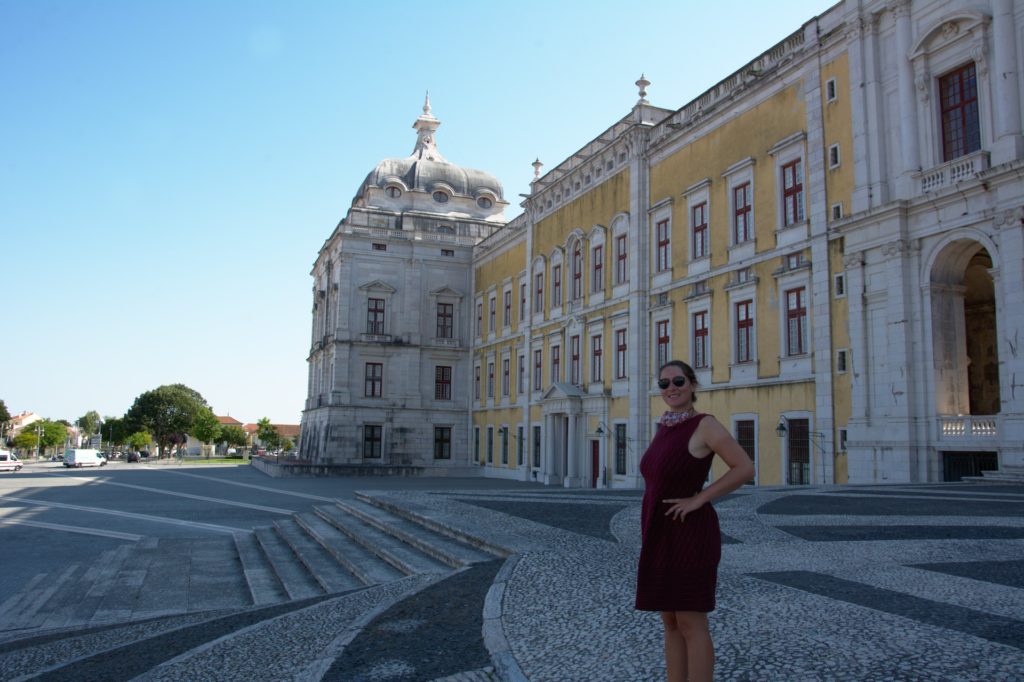
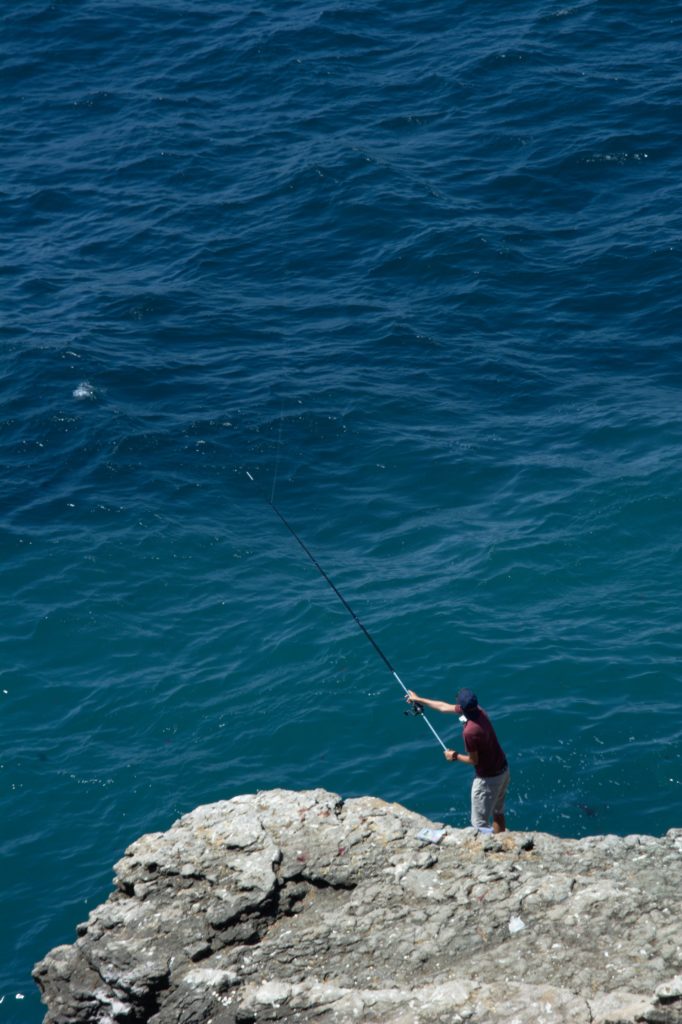
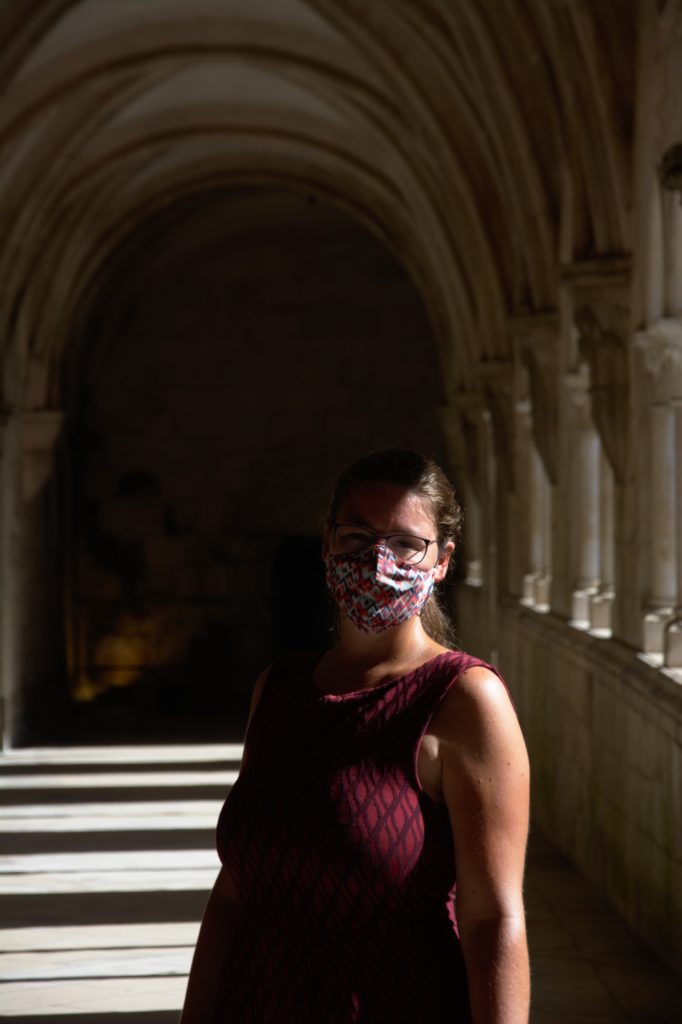
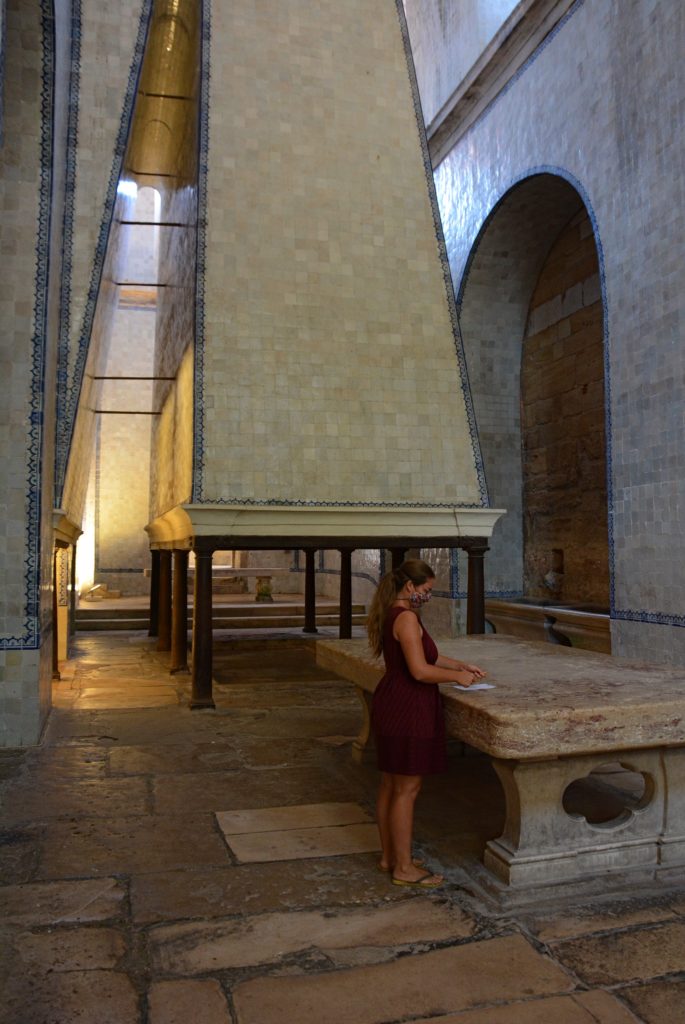
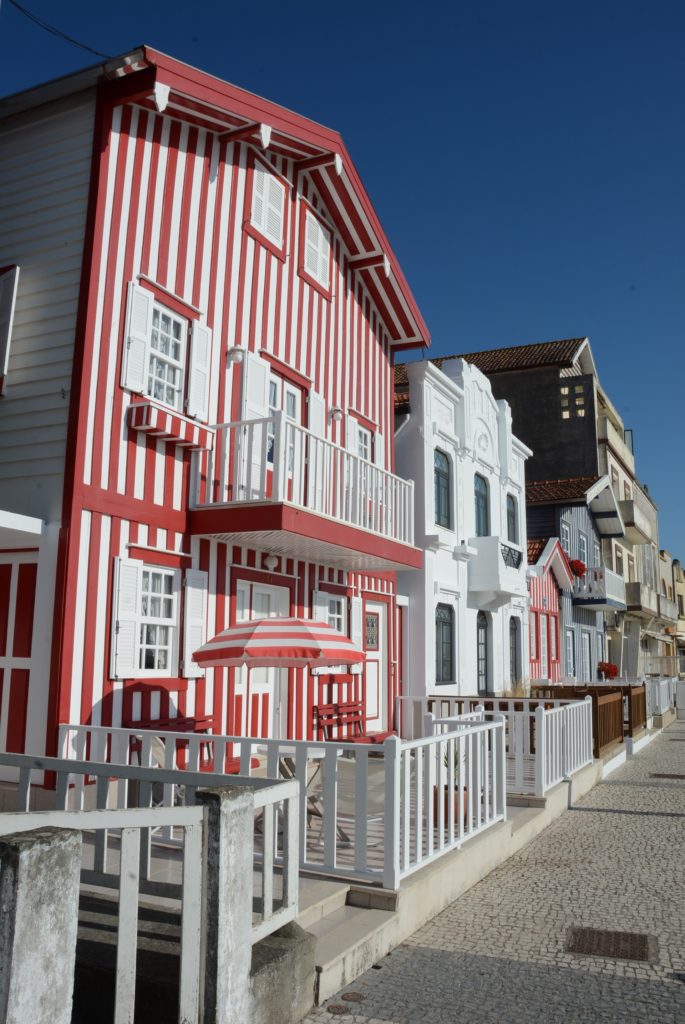
PORTO & DOURO: WINE OR PORT TODAY?
We spent two nights at the municipal campsite of Vila Nova de Gaia to explore Porto. After the obligatory visit to the cellars, we joined a free walking tour. It first started off as a private tour, later two more people joined. Despite the small crowd, the guide was very happy to finally be able to perform the tours after 3 months. He was basically in lockdown and had to find a job in a call center to bridge the time without tourists.
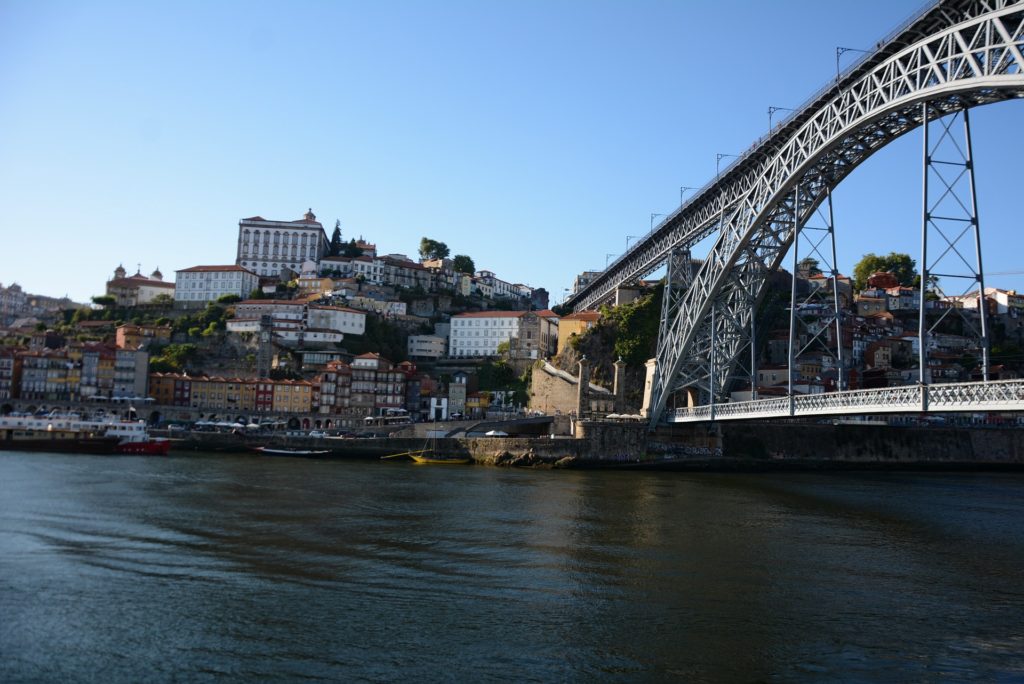


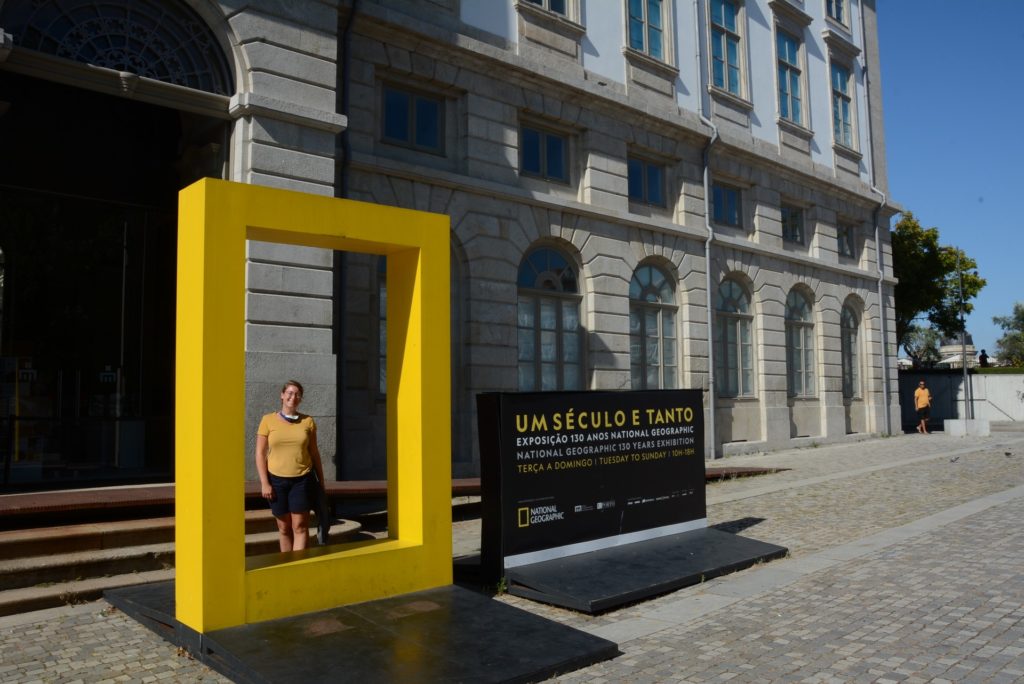
After Porto, we made our way to the Douro Valley. On our first stop, we visited Amarante, a lovely town on the Tamarant river, an inflow of the Douro. Besides an old bridge and picturesque houses, the town is also famous for its patisserie. And particularly one that looks a lot like a male part. Of course, I had to try that one. Peso da Regua is the heart of the Port wine industry on the Douro river. Its the part of the vines and vineyards because it has a warmer climate than further to the east of the river where ”normal” wines are cultivated. We drove up to Pinhao where we visited Quinta do Seixta, the home of Sandeman port wine.
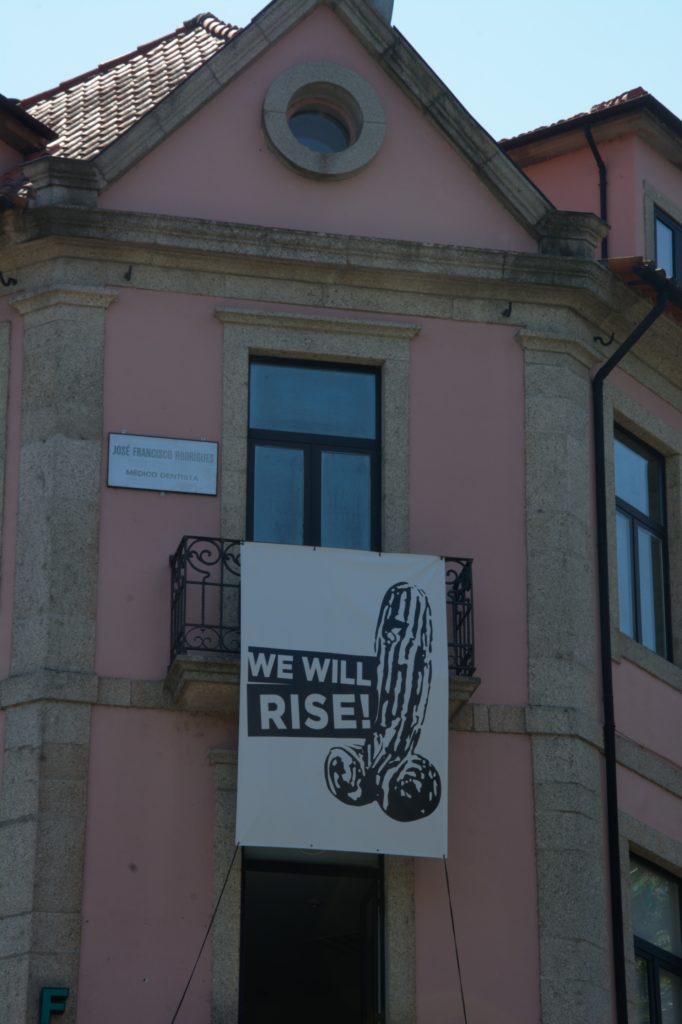
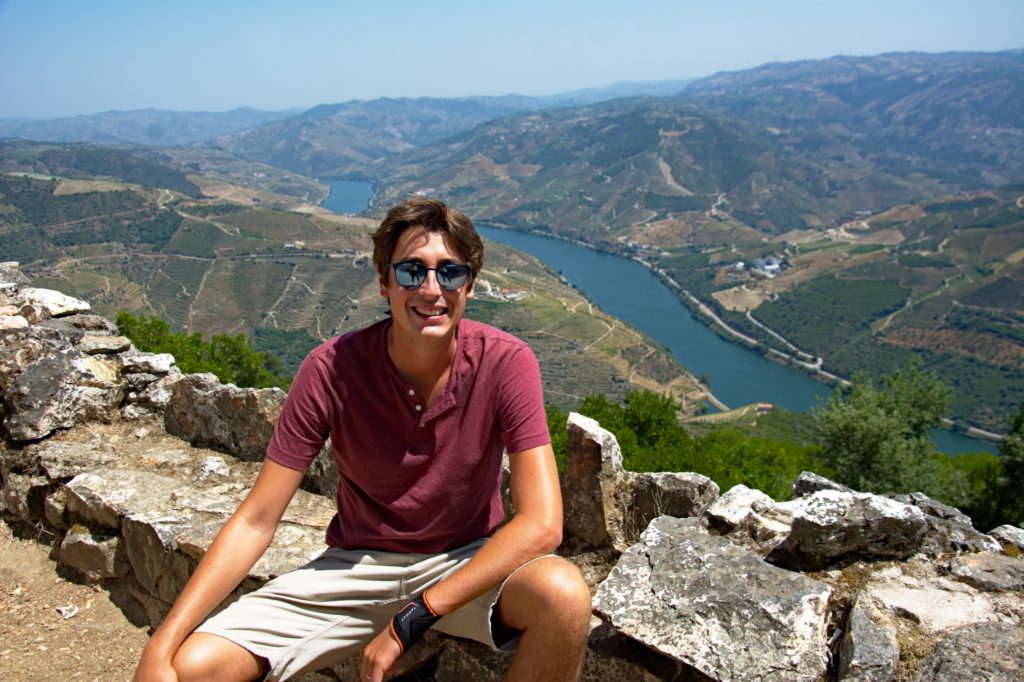

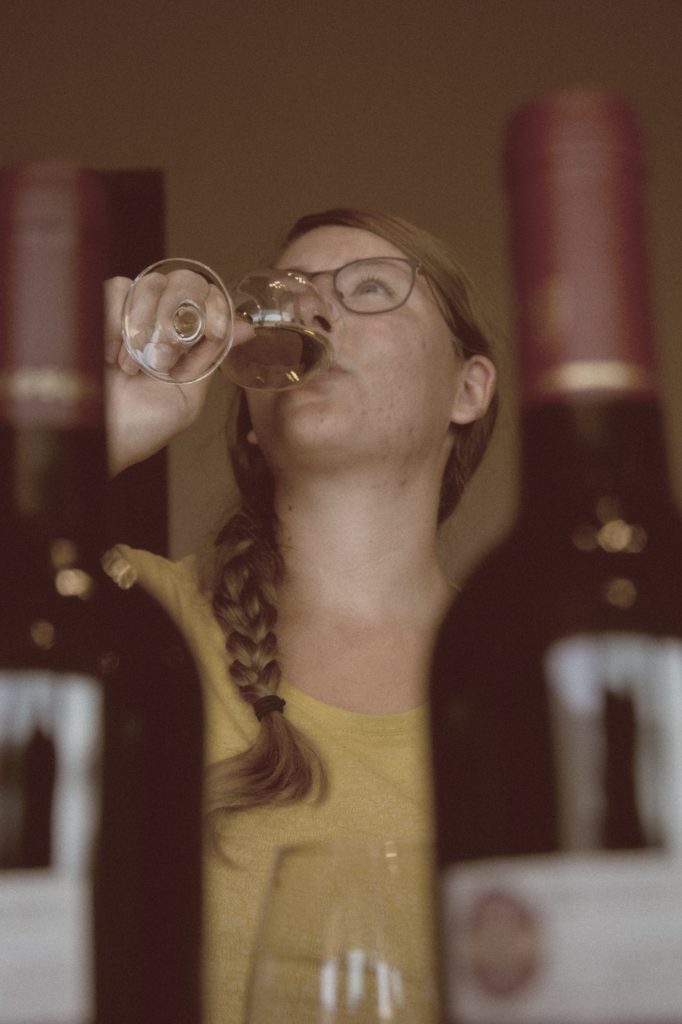
PORTUGAL’S NORTH
Soon we are about to cross over to Galicia. After the Douro Valley, we continued to Guimarães. The old city centre is of a convenient size for a short walk. Next, we made our way back to the coast. In Caminha we wanted to take the small ferry over to Spain. Unfortunately, it was only running a few times in the day and only in the afternoon. Instead of waiting more than two hours we took the land route via Vale de Flores.
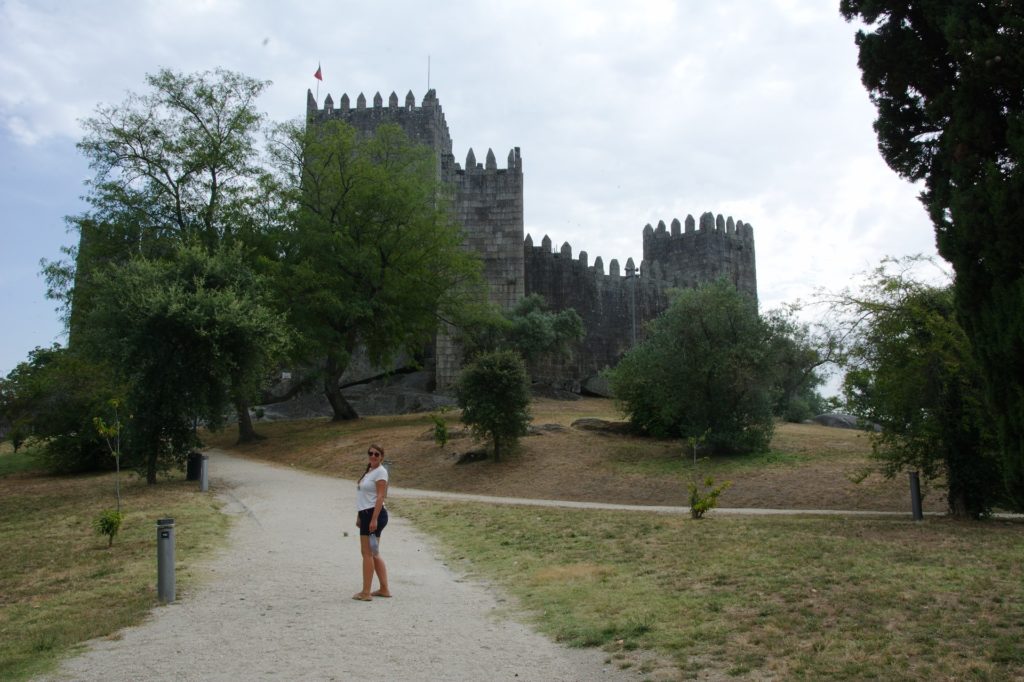
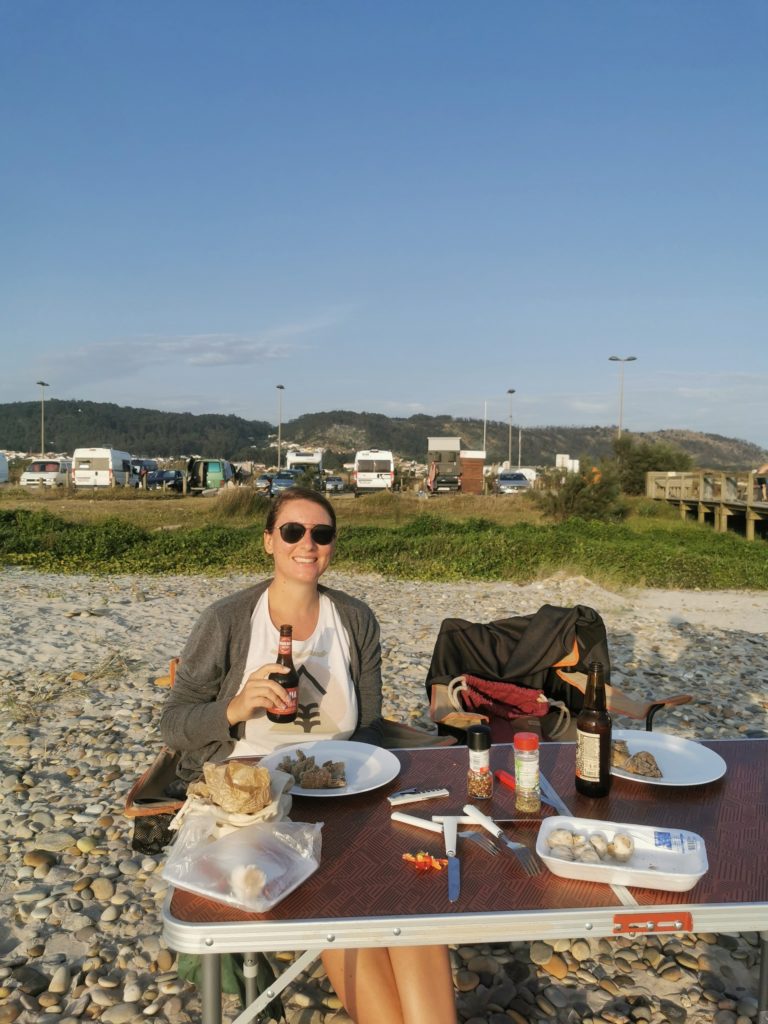
CONCLUSION
Nice beaches, beautiful and often rough coastlines, wine and port as well as good weather made Portugal very enjoyable. After some time, however, we started to miss the adventure.
FACTS & FIGURES
- Distance: 1681 km
- Days: 14
- Beaches: 19
- Wild camping vs campsites: 10 vs 4

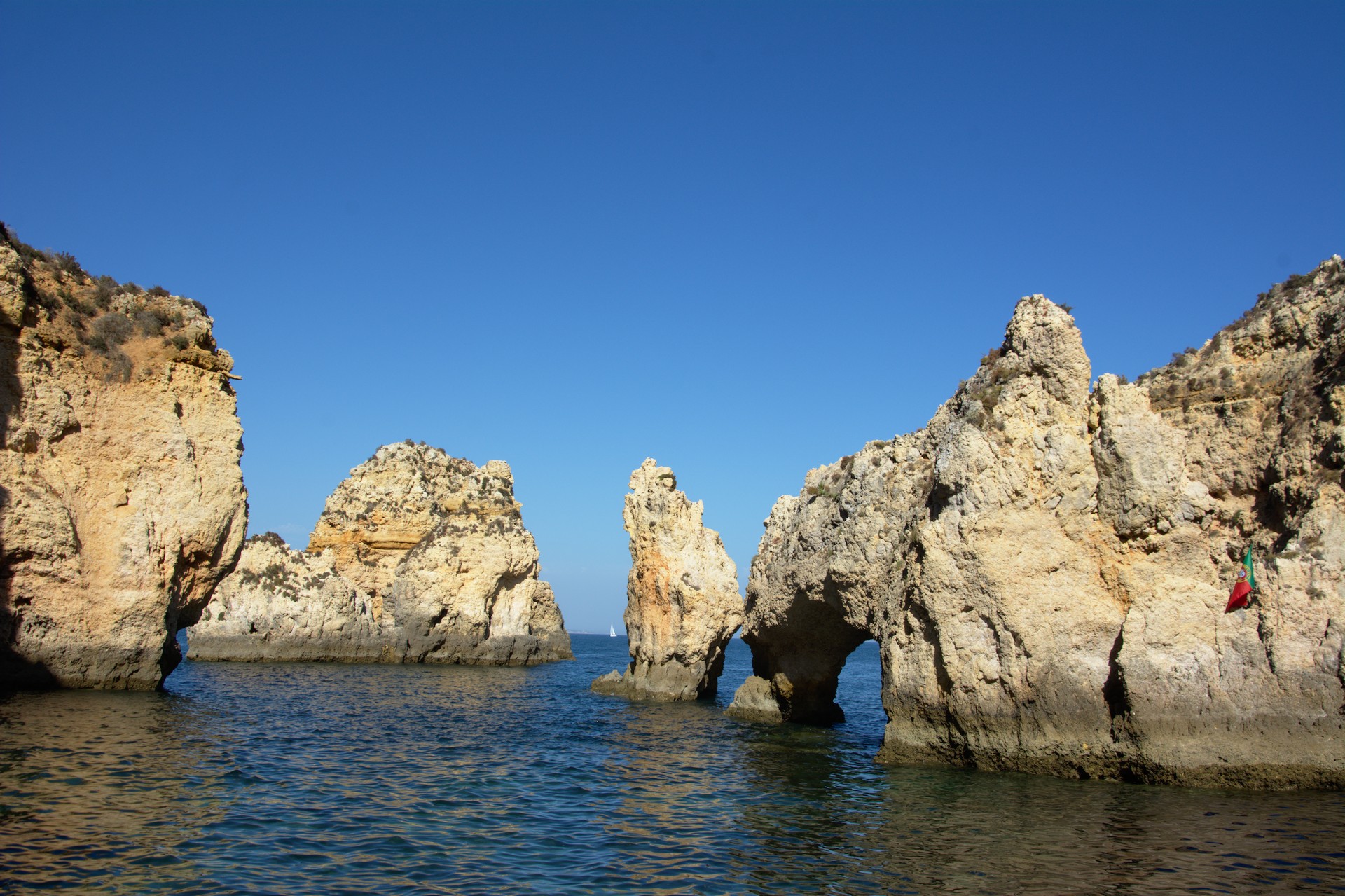
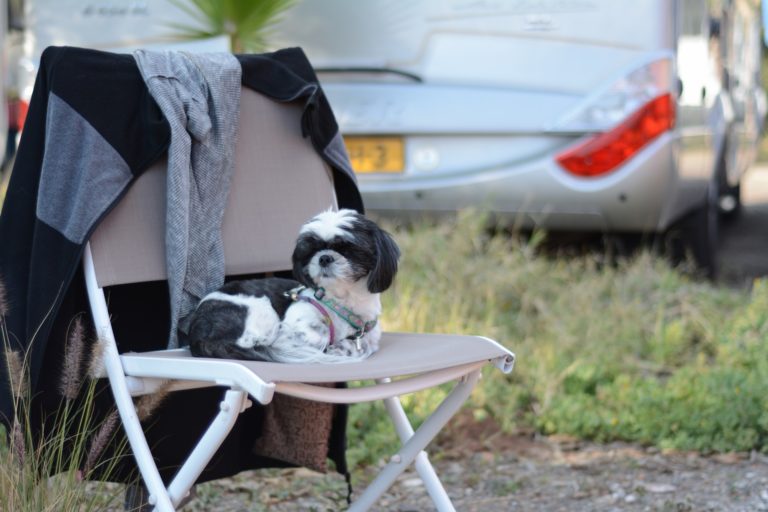

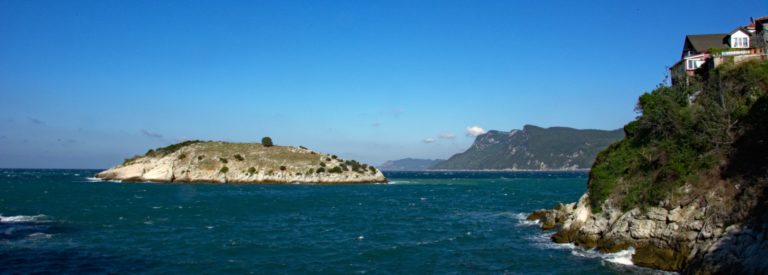
Sooo schön vo eu underwegs zlesä!